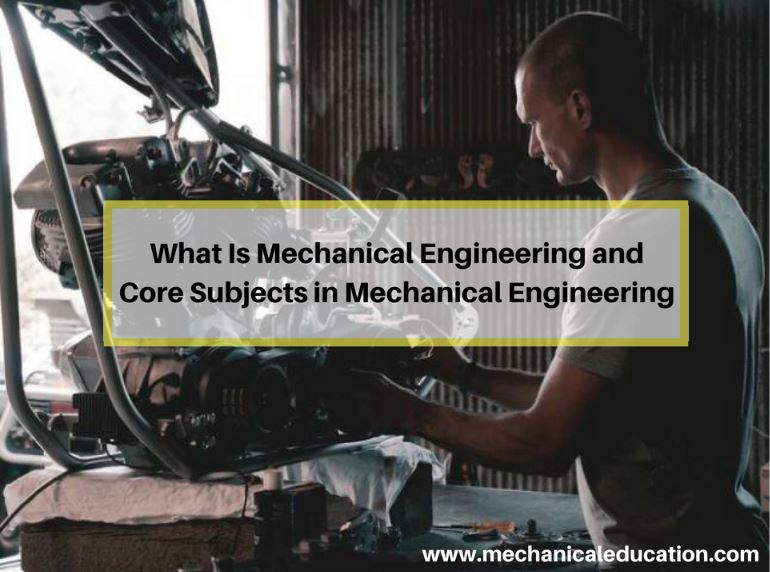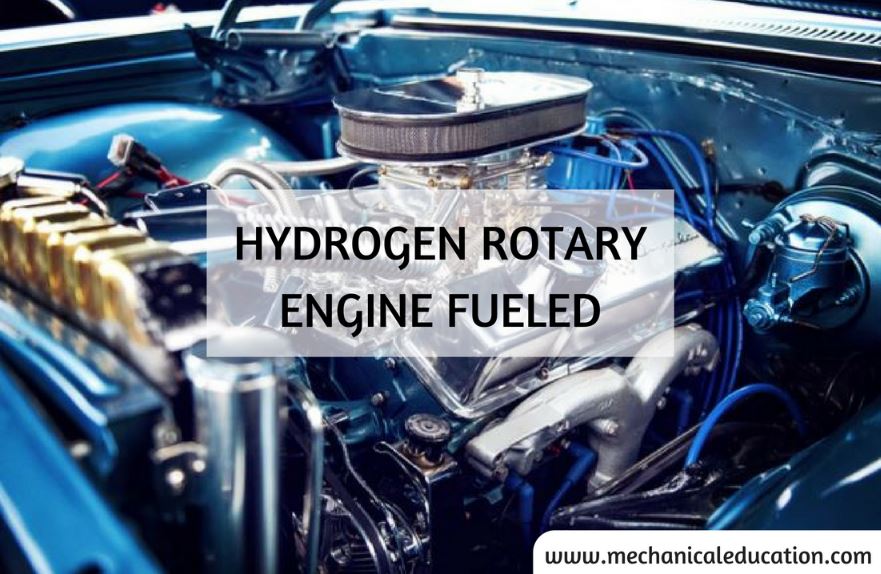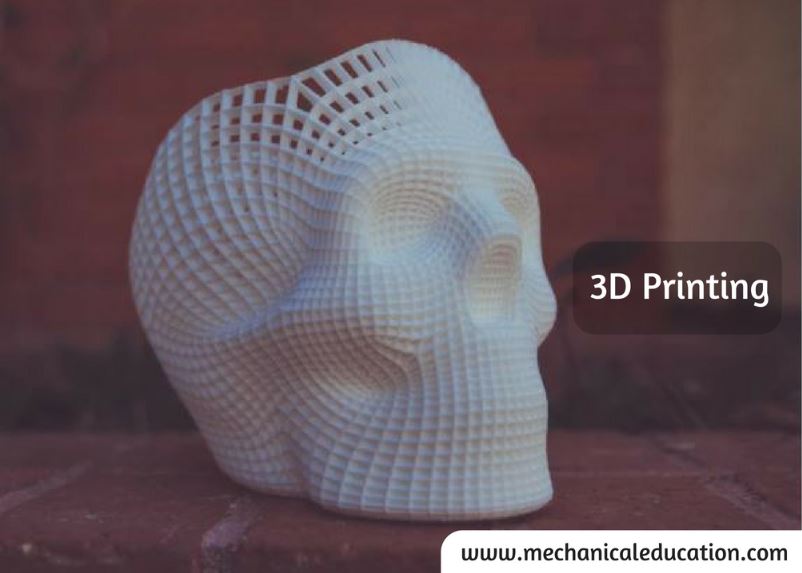Power steering is a system that helps the driver to steer the vehicle with less effort. The system utilizes hydraulic or electric power to assist in the steering movement, allowing the driver to have better control over the vehicle. Here are some of the key points to understand about power steering and its types:
Hydraulic Power Steering:
- Hydraulic power steering system utilizes hydraulic fluid to amplify the steering effort. The system consists of a pump, a fluid reservoir, a power steering fluid hose, and a power steering rack. The hydraulic pump is driven by the engine, and it generates hydraulic pressure that is transferred through the power steering fluid hose to the power steering rack, which amplifies the steering effort.
Electric Power Steering:
- Electric power steering systems use an electric motor to assist in the steering movement. The system consists of an electric motor, a steering column, an electronic control module, and a torque sensor. The electric motor generates torque that assists the steering effort, while the torque sensor detects the amount of steering effort applied by the driver and sends signals to the electronic control module.
Electro-hydraulic Power Steering:
- Electro-hydraulic power steering systems are a combination of hydraulic and electric power steering systems. The system consists of an electric motor, a hydraulic pump, and a power steering rack. The electric motor generates torque that assists the steering effort, while the hydraulic pump generates hydraulic pressure that is used to amplify the steering effort.
Advantages of Power Steering:
- Reduces the steering effort required by the driver, making it easier and more comfortable to steer the vehicle.
- Provides better control over the vehicle, especially at high speeds or during emergency situations.
- Reduces the risk of accidents and injuries, as the driver can steer the vehicle more easily and effectively.
Disadvantages of Power Steering:
- Power steering systems are complex and expensive to repair or replace.
- Power steering fluid can leak or become contaminated, leading to reduced performance or damage to the system.
- Power steering systems can fail or malfunction, leading to loss of steering control and potential accidents.
In summary, power steering systems are an essential component of modern vehicles that provide drivers with better control and comfort. Hydraulic, electric, and electro-hydraulic power steering systems are the three primary types, each with its own advantages and disadvantages. While power steering offers significant benefits, it also requires regular maintenance and repair to ensure optimal performance and safety.
Frequently asked questions
1.What is power steering, and how does it work?
Power steering is a system in a vehicle that assists the driver in steering the wheels, reducing the effort needed to turn the steering wheel. It typically uses hydraulic or electric power to aid in steering.
2.What are the benefits of having power steering in a car?
The main benefits of power steering include reduced steering effort, especially at low speeds or when parking, improved maneuverability, and enhanced driver comfort.
3.What are the types of power steering systems?
There are mainly two types of power steering systems: hydraulic power steering (HPS) and electric power steering (EPS). Hydraulic systems use fluid pressure, while electric systems rely on an electric motor to provide assistance.
4.How does hydraulic power steering work?
Hydraulic power steering uses a hydraulic pump driven by the engine to pressurize hydraulic fluid. This pressurized fluid assists in turning the steering gear, providing power assistance to the driver.
5.What is the difference between hydraulic power steering and electric power steering?
The primary difference is in the method of power assistance. Hydraulic power steering uses fluid pressure, while electric power steering uses an electric motor. Electric systems are more energy-efficient and offer greater flexibility in tuning assistance levels.
6.Can power steering fail, and what are the signs of a failure?
Yes, power steering can fail due to issues with the pump, fluid leaks, or electrical problems in electric power steering. Signs of failure include difficulty turning the steering wheel, unusual noises, and fluid leaks under the vehicle.
7.Can I drive a car with a failed power steering system?
While it is possible to drive a car with a failed power steering system, it can be extremely difficult and requires significantly more effort to turn the steering wheel. It’s advisable to address power steering issues promptly.
8.Can power steering fluid be topped up or replaced?
Yes, hydraulic power steering systems use power steering fluid, which can be topped up or replaced. Regular maintenance includes checking the fluid level and addressing any leaks.
9.Can electric power steering be adjusted for different driving preferences?
Yes, electric power steering systems often have adjustable settings to customize the steering feel. Drivers may be able to select modes like “comfort” or “sport” to suit their preferences.
10.Are all modern cars equipped with power steering?
While power steering is standard in most modern cars, some entry-level or compact models may still have manual steering systems. However, power steering is a common feature in today’s vehicles for enhanced driver comfort.




